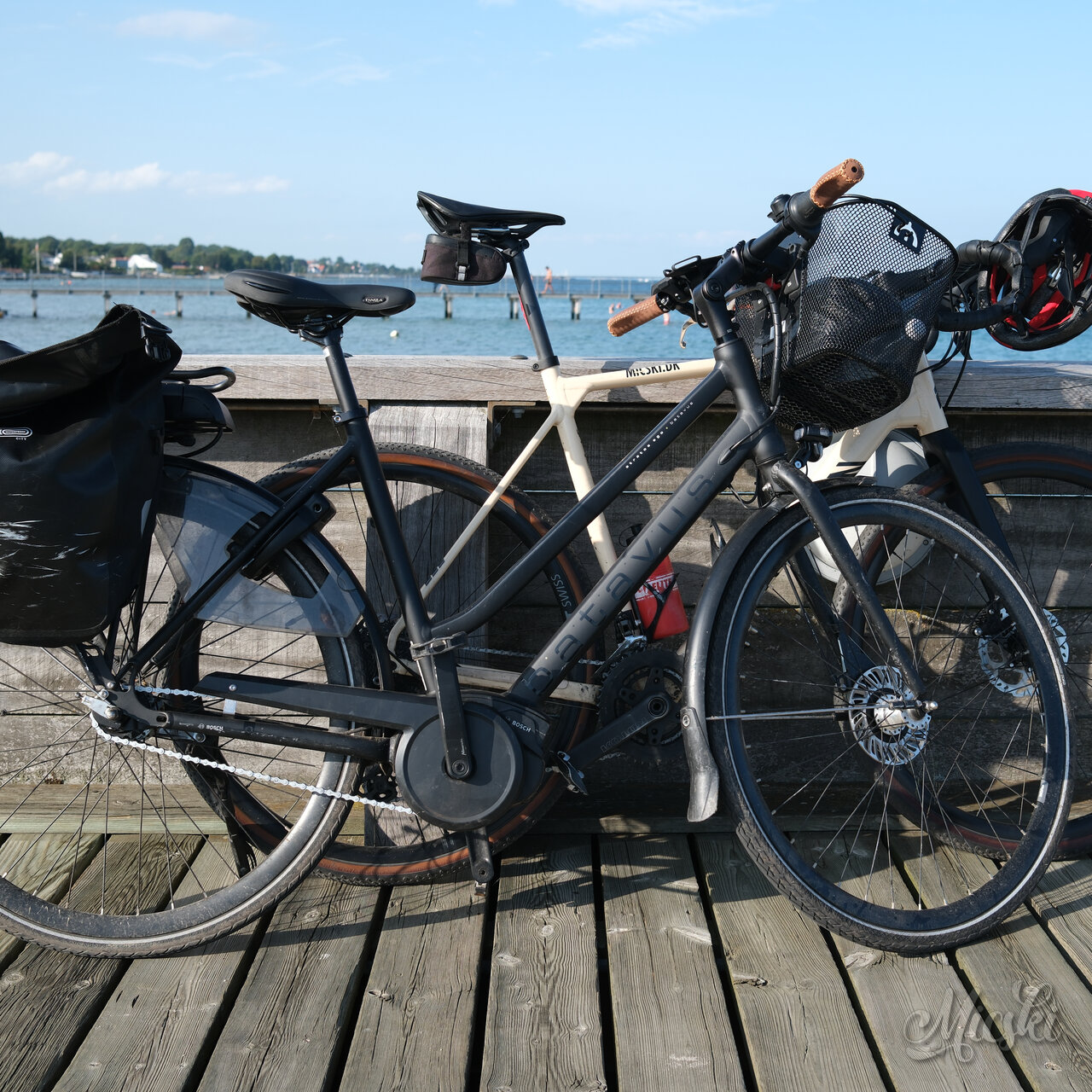This is a real-world test of how well (or how bad) the Fujifilm X100VI camera performs versus a mobile phone camera.
Challenges
Will the dynamic range of the Fujifilm X100VI perform better than a mobile phone? Will the colors of the Fujifilm X100VI be more accurate than a mobile phone? Will sharpness and skin tone in portraits of the Fujifilm X100VI be more pleasing than a mobile phone? Will the Fujifilm X100VI perform better than a mobile phone? Will the Fujifilm X100VI live up to the marketing hype?
Conditions
The pictures were taken as snapshots (no fiddling with special deep settings for each picture) on a common sunny day with harsh light at the beach of Hellerup in Denmark. A challenging scene with contrast and reflecting light. The Fujifilm X100VI and the mobile phone, an older inexpensive Samsung Galaxy A54, were both using default settings. The pictures are straight out of camera (SOOC) JPEGs. There has not been done any editing. The pictures has been automatically cropped to 1:1 aspect ratio and formatted for this web page.
Sample Pictures











Conclusion
The dynamic range of the Fujifilm X100VI does not outperform a mobile phone. Despite the insane price, the engineers were not able to make the internal computer automatically detect a sunny day and then enable all of its dynamic range, shadow and highlight special tweaks.
The colors of the Fujifilm X100VI are not more accurate than a mobile phone. The colors come out close to accurate, but tends to get muddy from bad contrast or too dark from bad dynamic range.
The sharpness and skin tone in portraits of the Fujifilm X100VI are slightly warmer and more pleasing than a mobile phone, if there is some distance to the subject (not selfie), but the Fujifilm X100VI is, however, unable to capture eyes. In my test, the blue eyes became black and so did facial features! This renders subjects worse than they actual are on scene. The sharpness tends to appear out-of-focus, despite automatic focus enabled, and skin color a bit sluggish red, when taking a selfie.
The Fujifilm X100VI does not perform better than a mobile phone. This sad result is probably not because of hardware limits, but because the Fujifilm X100VI is unable to automatically detect and apply its best settings for the picture. A feature, you would rightfully expect for such an expensive fixed lens camera, with powerful internal computing, for casual fun snapshot photography. Just like a less expensive mobile phone does. It is also worth mentioning, that none of the film simulations is of any help. The resulting images remain worse than a mobile phone. If you really want to get peak performance, you would have to spend a lot of fiddling in and out of deep settings, before each shot. Your friends – and the motive – would be long gone by then. You could also shoot in RAW and spend a huge amount of time in expensive AI driven color grading and editing software, but that would take away the fun casual photography.
The Fujifilm X100VI does not live up to the marketing hype by Fujifilm and the associated influencers. Fujifilm describes the X100VI as “Using a timeless dial-based design, passed down from model to model, the stunning 6th-generation X100VI offers an indulgent, tactile image-making experience that delivers unforgettable content in every creative moment”. The words must be well-thought out, because the “unforgettable” could describe the bad feeling, when you come home and watch the disappointing pictures, that falls behind a less expensive mobile phone. The theory and datasheets (megapixel marketing hype) might be “stunning”, but the actual performance – on the street – is not.
Comments
I have requested Fujifilm and influencers for comments. I am always happy learn, if there are things, I have missed. If you have comments, I will be very happy to read them.
